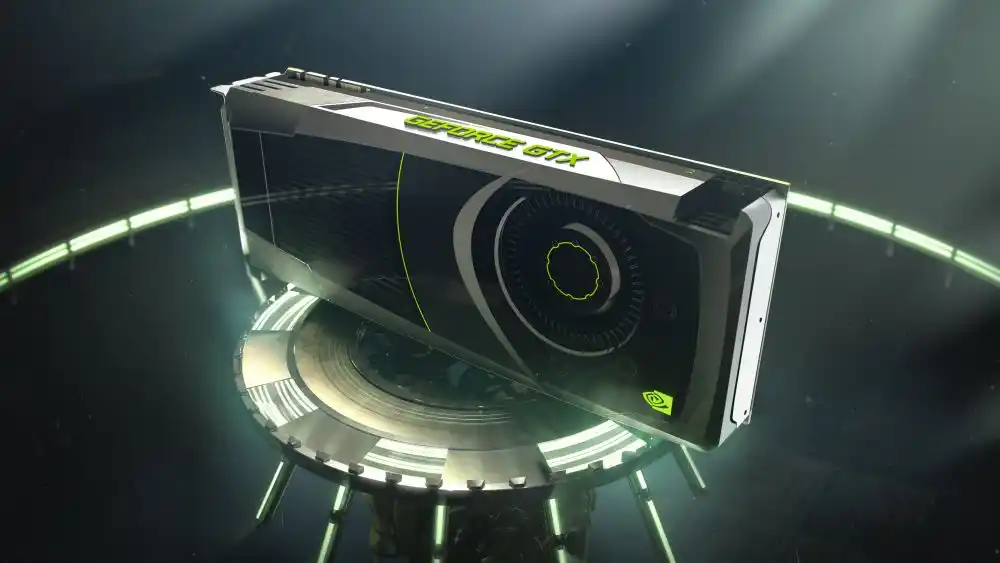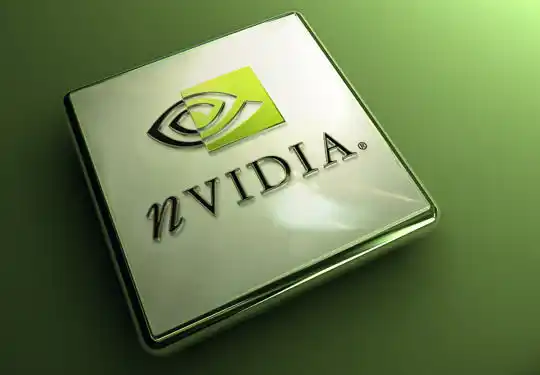When it comes to graphics processing units (GPUs), Nvidia has always been at the forefront of innovation. Their relentless pursuit of pushing the boundaries of performance has led to the creation of the Nvidia Super GPU series. In this article, we delve into the world of Nvidia’s Super GPUs, exploring their architecture, performance enhancements, and the impact they have had on the gaming and professional industries. The Nvidia Super GPU series was introduced as a response to AMD’s competitive offerings and the demands of the market. Nvidia aimed to create a GPU lineup that provided substantial performance improvements over their existing models. The Super GPUs were designed to deliver enhanced gaming experiences, improved ray tracing capabilities, and increased rendering power for professional applications.
At the heart of the Nvidia Super GPUs lies an enhanced architecture that harnesses the power of advanced technology. The Super GPUs feature increased CUDA core counts, higher clock speeds, and improved memory bandwidth, resulting in a significant boost in overall performance. This enhanced architecture allows gamers and professionals to enjoy smoother gameplay, faster rendering times, and improved productivity. One of the standout features of the Nvidia Super GPUs is their exceptional ray tracing capabilities. Ray tracing technology simulates the behavior of light in a scene, resulting in more realistic lighting, shadows, and reflections. The Super GPUs take ray tracing to new heights, offering real-time ray tracing performance that was previously only possible in offline rendering. This breakthrough has revolutionized the gaming and entertainment industries, enabling developers to create visually stunning and immersive experiences.

For gamers, the Nvidia Super GPUs have been a game-changer. With their increased core counts and clock speeds, these GPUs deliver exceptional gaming performance, allowing gamers to enjoy their favorite titles at higher resolutions and frame rates. The Super GPUs also come equipped with advanced features like DLSS (Deep Learning Super Sampling) and AI upscaling, which further enhance image quality and performance. While the Super GPUs are highly sought after by gamers, they also offer immense benefits to professionals in fields such as content creation, animation, and scientific research. The increased CUDA cores and memory bandwidth of the Super GPUs enable faster rendering times, improved simulations, and accelerated data processing. This has allowed professionals to work more efficiently and deliver superior results in their respective industries.
As with any high-performance hardware, pricing and availability play a crucial role. The Nvidia Super GPUs are positioned as premium products, offering top-tier performance at a higher price point. However, Nvidia has also continued to support their existing GPU lineup, providing more affordable options for those on a tighter budget. Availability can vary depending on demand, but Nvidia has made efforts to ensure a steady supply of Super GPUs to meet customer needs. Looking ahead, Nvidia’s Super GPU series shows no signs of slowing down. The company continues to invest in research and development, pushing the boundaries of what is possible in GPU technology. With advancements in AI, machine learning, and real-time ray tracing, the future iterations of the Super GPUs are expected to deliver even more impressive performance, further revolutionizing the gaming and professional industries.
The Nvidia Super GPU series represents a significant milestone in the world of graphics processing. These powerful GPUs have redefined gaming experiences, elevated professional workflows, and set new standards for performance and visual fidelity. With their enhanced architecture, ray tracing capabilities, and immense computing power, Nvidia’s Super GPUs have cemented their place as the go-to choice for gamers and professionals alike. As technology continues to advance, we can only anticipate more remarkable innovations from Nvidia’s Super GPU lineup, raising the bar for what is possible in the world of graphics processing.





